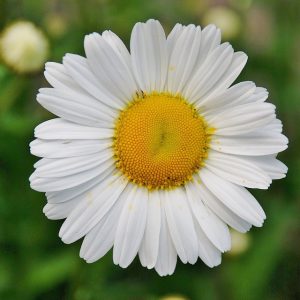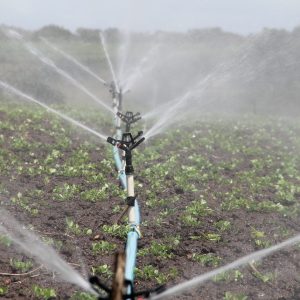Scope of the Course
This course is relevant to all aspects of seed propagation, all types of seeds, and any climatic situation you might find yourself in. Seeds can be propagated in many different ways, including:
- Sowing directly into the open ground.
- Sowing into natural soil, improved soil in a controlled environment (eg. in a greenhouse, with heating cables in the ground or in raised beds, and with irrigation).
- Sowing into specialised propagating media in a controlled propagating environment.
Many seedling production nurseries (both private and commercial) specialise in the production of specific types of plants for example:
- vegetable seedlings
- colourful annuals
- forestry trees
- natives trees for revegetation projects
- seedling trees for use as root stock
- ferns
- perennials
- biennials
- cut flowers
- herbs
E-Learning Structure
The duration of this online course is 100 hours. This consists of 9 in-depth lessons:
- Introduction – scope, open ground propagation, controlled environment propagation
- Seed Botany – anatomy and physiology, pollination, hybridisation, genetic purity, etc.
- Seed Sources – selection, collection, timing, wild collecting
- Seed Storage – treatments; cleaning, drying, storage, disease control, germination testing
- Dormancy – and breaking dormancy
- Germinating Annuals, Perennials and Vegetables
- Propagating selected Woody Species
- Direct Seeding – grasses, woody species, revegetation projects, etc.
- Seedling Management
Course Aims
- Discuss the scope and nature of commercial seed propagation.
- Explain the botany of seeds, and processes that occur when a seed germinates.
- Determine appropriate procedures for harvesting different seeds.
- Determine appropriate treatments for different types of seeds following harvest to sustain viability.
- Determine treatments for breaking dormancy to initiate germination with a range of different seeds.
- Determine how to sow and germinate seed of commonly grown herbaceous plants including vegetables, annuals and perennials.
- Determine techniques for woody plants including trees, shrubs, ground covers and climbers.
- Determine strategies for developing a variety of different types of plantings using direct seeding.
- Manage the development of germinated seedlings tooptimise the plants survival.
How Does A Warnborough Online Course Work?
You can start the course whenever is convenient for you. You will be studying from home and have access to support from our qualified tutors. Practical exercises and research tasks will be set at the end of each lesson – including an assignment. You will submit this assignment to your course tutor, who will mark your work and give you constructive feedback and suggestions.
If you have any questions please contact us.





